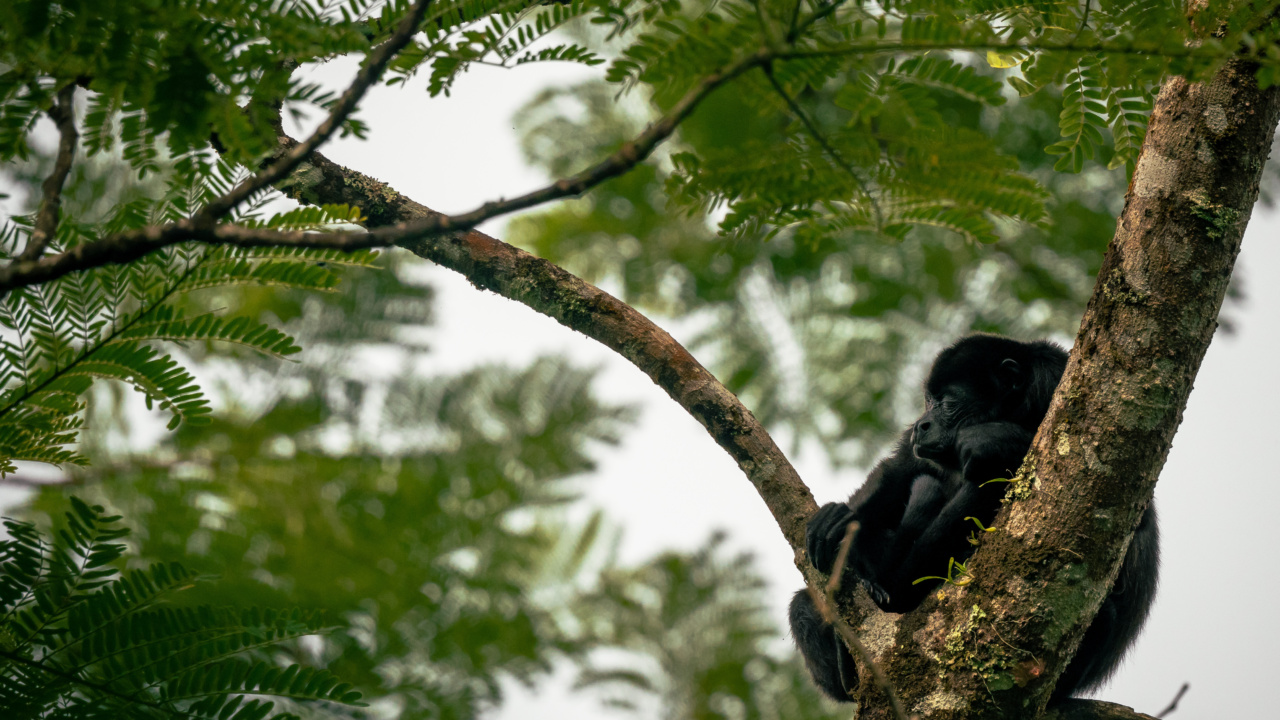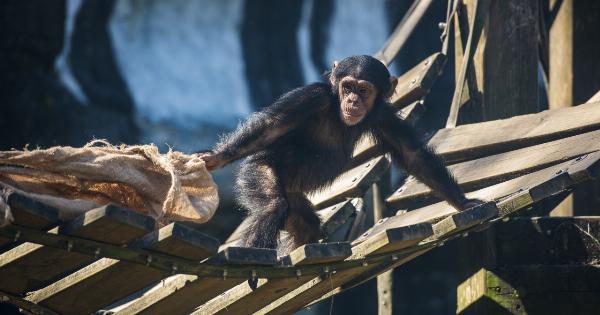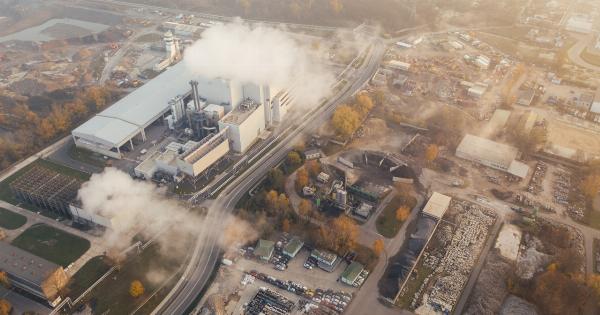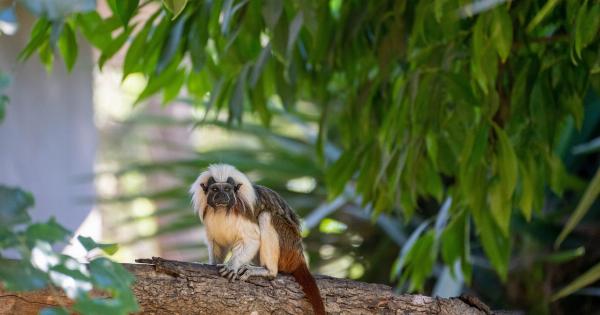Monkeys are not native to the Iberian Peninsula, which encompasses Spain and Portugal. However, in recent years, there has been a concerning increase in the population of monkeys in this region.
This phenomenon, known as the Monkey Epidemic, has raised questions about the impact of these non-native species on the local ecosystem and how this situation came to be.
The Arrival of Non-Native Monkeys
The first monkeys to arrive in the Iberian Peninsula were Barbary macaques. They are native to the Atlas Mountains of Morocco and Algeria and were brought into Spain as pets or curiosities.
Over time, some of these macaques managed to escape or were intentionally released into the wild, leading to the establishment of small populations in various regions of the peninsula.
Factors Contributing to the Spread
The Monkey Epidemic has been fueled by several factors:.
1. Suitable Habitat:
The Iberian Peninsula provides a diverse range of habitats that can support monkey populations, including forests, mountains, and even urban areas.
This availability of suitable habitat has allowed the monkeys to thrive and spread across different regions.
2. Adaptability and Intelligence:
Barbary macaques are highly adaptable and intelligent creatures. They are known to be capable of learning quickly and can easily adapt to new environments, which has contributed to their successful colonization of the peninsula.
3. Lack of Natural Predators:
In their natural range, Barbary macaques have predators such as leopards and eagles. However, in the Iberian Peninsula, these monkeys have found themselves in an ecosystem without significant natural predators.
This absence of predators has allowed their populations to grow unchecked.
Ecological Impact
The Monkey Epidemic has raised concerns about its ecological impact on the Iberian Peninsula:.
1. Threat to Biodiversity:
Non-native species like the Barbary macaques can pose a threat to the biodiversity of an ecosystem.
They compete with native species for resources such as food, nesting sites, and territory, potentially leading to the decline or displacement of native species.
2. Damage to Crops:
Monkeys, being opportunistic omnivores, have been known to raid agricultural fields and orchards to feed on crops. This can result in significant damage to local farmers’ livelihoods, with economic consequences for the region.
3. Disease Transmission:
There is a concern that monkeys may act as carriers for diseases that can be transmitted to humans or other animals. This can present a public health risk and further disrupt the local ecosystem.
Efforts to Control the Monkey Population
Various measures have been taken to address the Monkey Epidemic:.
1. Monitoring and Research:
Scientists and conservationists are actively monitoring the monkey populations to better understand their behavior, population dynamics, and ecological impact. This research is crucial for designing effective management strategies.
2. Population Control:
In some areas, authorized culling programs have been implemented to control the monkey population and reduce its impact on the ecosystem and agriculture.
These programs are carried out with strict adherence to animal welfare guidelines and under the supervision of experts.
3. Public Awareness and Education:
Public awareness campaigns are being conducted to educate local communities about the Monkey Epidemic and the importance of coexisting with native wildlife.
These efforts aim to foster a sense of responsibility towards conserving biodiversity and minimizing human-monkey conflicts.
The Future of Monkeys in the Iberian Peninsula
The Monkey Epidemic in the Iberian Peninsula is a complex issue with no easy solution. It requires a multi-faceted approach that balances ecological conservation with the needs and interests of local communities.
Efforts to control the monkey population and mitigate their impact should be continued, guided by scientific research and collaboration between stakeholders.
These actions, coupled with long-term monitoring and public awareness campaigns, will be critical in managing the Monkey Epidemic and ensuring the preservation of the Iberian Peninsula’s unique biodiversity.






























